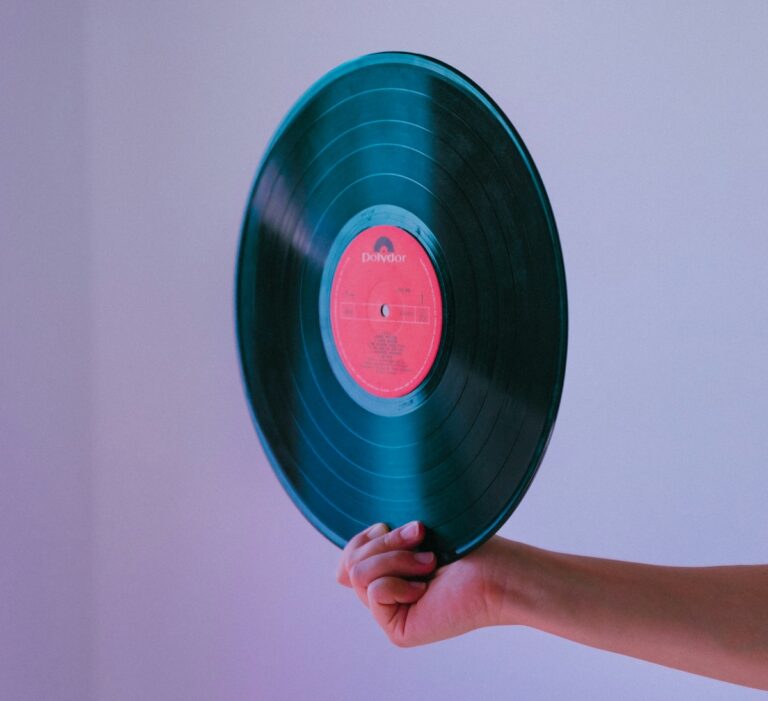In response to developments in the fast-moving modern culture of music, composers are constantly searching for new ways to engage listeners and express their own creativity. Perhaps one very popular new trend deliberately ignored in recent times is the preference for EPs as opposed to traditional LPs.
If LPs were once upon a time considered by a few to be the summum bonum of an artist’s creative endeavors, with the present-day music scene shifting toward shorter, more miniature acts? So what is prompting this recent trend? Why are so many artists working on EPs and not on LPs?
The EP’s Ascent
However, traditionally, LPs have anywhere from 10 to 15 tracks, and an LP runs for between 30 minutes to over an hour.
Unlike an LP, an EP is shorter, usually containing 3 to 7 songs with a time of between 15 to 30 minutes. While in its early states, EPs were viewed as launching pads for up-and-coming artists; today, they have gained acceptance among both up-and-comers and established musicians.
One of the reasons for this change has been a change in listening behavior. In today’s world of Spotify, Apple Music, and Tidal, listening to music is completely different from what it was before.
Playlists take over listening habits, and listeners usually prefer smaller projects they can finish in one sitting without taking up too much of their time. The short length of EPs fits in perfectly with this model, curating an experience that remains part of engagement without being overbearingly long.
Art and Focus
Then there is the aspect of artistic focus. Creating an LP is often a complex and lengthy process that typically takes months or even years to complete. This pressure of filling 12 or 15 tracks sometimes dilutes the artist’s vision, and the end result is a few filler songs that manage to escape the critical listener.
Rather than dealing with the fatigue of counting tracks, EPs allow artists to go for quality instead. Every track is given the attention it truly deserves, thus allowing the project to shine as a cohesive and striking work.
For many artists, EPs are a venue for experimentation. New artists can try out new sounds, styles, or ideas without the burden of making a full album commitment. Established artists also sometimes use EPs to explore side projects or musical collaboration, where the creative license may be restrained by a traditional LP.
Benefits in Economics and Marketing
Furthermore, EPs have certain direct advantages in a fast-paced world of music. For the past few decades, producers have found making an EP quite easy if compared to a full album. In other words, shorter phases demand less studio time, lower production costs, and less promotional apparatus area which places EPs as favorable, especially for independent artists as well as those that want to release music rather frequently.
From a marketing point of view, EPs help in maintaining steady fan engagement. Delivering music in smaller portions keeps the artist’s name in the media or streaming platforms. Instead of putting the album out after a year or two, the artists can release several EPs in quick succession to stay relevant and keep moving.
The Streaming Era Effect
The streaming era has a huge impact on how people listen to and make money from music. Platforms give more visibility to artists who release, often encouraging them to put out more music. EPs are perfect for this: shorter projects mean quicker production, more regular content, and a better chance to get on playlists.
Also, streaming data gives quick insights into which songs connect with listeners. Artists can use this info to shape future releases, tweaking their sound as they go. This step-by-step approach works much better with EPs than with LPs, where one wrong move can affect how people see the whole album.
Cultural and Industry Trends
The popularity of EPs also shows up in wider music industry patterns. Lots of big-name artists, from chart-toppers to underground favorites, have jumped on the shorter project bandwagon. Take Billie Eilish, The Weeknd, and Halsey, for instance. They’ve all put out EPs that hit it big with critics and fans alike. These mini-albums often act as a stepping stone between full-length records, keeping listeners hooked while ramping up excitement for bigger releases down the line.
Also, EPs have become more appealing due to the growth of worldwide partnerships and the mixing of different genres. Musicians can try out new sounds or focus on specific markets without feeling pressured to create a full album. EPs have turned into a flexible way to come up with new ideas and grow their fan base.
Challenges and Considerations
Even though EPs have their good points, they face some issues too. Shorter projects sometimes find it hard to make the same big splash as a well-made LP. Albums often tell a story or take listeners on a journey, which helps fans feel more connected. EPs, while focused and adaptable, might not have this deep storytelling.
On top of that, the usual ways the industry measures success, like album sales or awards, still tend to favor LPs. This means artists need to find a balance between being creative and thinking about what will sell.
What will you choose?
In today’s ever-changing music scene, deciding between an EP and an LP goes beyond just picking a format—it’s about planning, being creative, and keeping fans interested.
EPs give artists more freedom, let them zero in on their art, and come out quicker, which makes them a great choice for musicians trying to make it in the world of streaming. While LPs are still great for telling stories and building an artist’s legacy, the growing popularity of EPs shows how the way we listen to, and value music is changing.
As musicians keep finding fresh ways to reach their audience, EPs will stay a go-to option. They offer a brief, powerful, and up-to-date approach to music that clicks with both artists and listeners.



